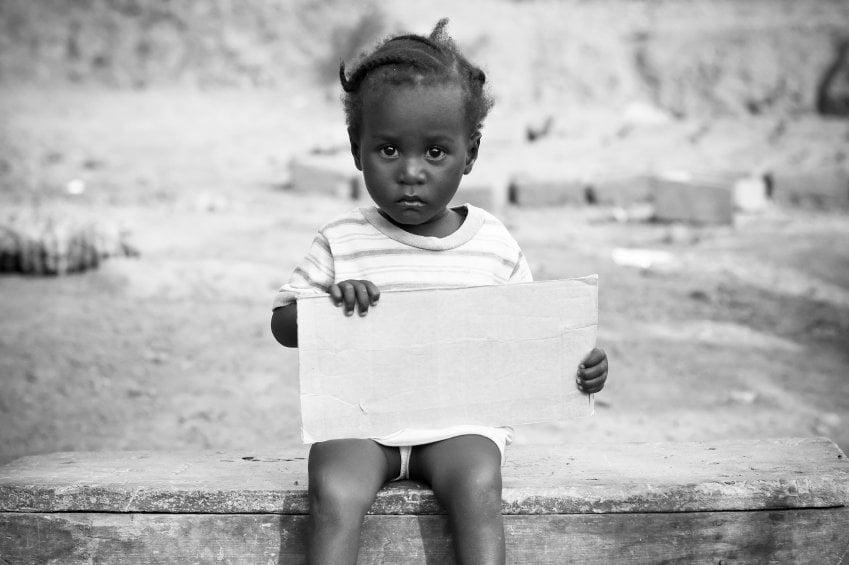With the biggest outbreak of Ebola in history, many are worried that the virus will spread to the US. Over the weekend, two American aid workers from West Africa were flown to Emory University Hospital for treatment of Ebola even though there is no known cure. Also on Sunday a male patient that was also in West Africa was admitted into Mount Sinai hospital with Ebola-like symptoms of high fever and gastrointestinal problems. Thankfully, a statement was issued on Monday, concluding that he is unlikely to have Ebola. Following these incidents, patients who are admitted into the emergency room with symptoms associated with Ebola are asked if they traveled to or from West African countries in the last 10 days and also if they have been in contact with an Ebola patient or with anyone who has been in contact with an Ebola patient.The three main West African countries affected by Eloba are Sierra Leone, Guinea, and Liberia. The first case of Ebola this year was identified in March in Guinea. This area has a common practice of bat hunting; in which scientists believe that bats carry the virus. In Sierra Leone, the country with the most cases of infection, the government banned public gatherings and advised families to stay at home. However, the countries’ ability to contain the disease is questionable as they have some of the world’s weakest health systems. The World Bank stated that it would provide up to $200 million to help these countries cope with the Ebola outbreak after the World Health Organization warned that the virus was spreading faster than the containment.
So exactly how does this disease spread? Scientists believe that apes and humans catch the virus from eating food that bats have drooled or defecated on. The Ebola virus itself is not airborne like the flu. It is contracted through bodily fluids. A lot of people in Africa are getting infected because they are taking care of sick relatives or preparing the infected corpse for burial. In addition, the virus can survive on surfaces so anything that comes in touch with bodily fluids will have the virus on it. According to the Centers for Disease Control and Prevention, symptoms usually appear eight to 10 days after contracting the virus. The early symptoms are very similar to the flu like headaches and fevers. Following that, diarrhea and vomiting occur. In half of the cases, patients have hemorrhage and they vomit blood or have blood in their urine. Blood vessels begin leaking fluid which causes blood pressure to drop so low that the vital organs like the heart and liver to fail. The most the doctors can do is use fluids and medications to maintain blood pressure and treat other infections that the patients’ bodies cannot fight off.
With rising concerns that the disease might spread worldwide, organizations like Peace Corp are withdrawing their volunteers from these nations. The Philippines are screening travelers from these countries when they arrive and monitoring them for a month. Lebanon suspended work permits for residents of these countries. Hopefully with these efforts, we can minimize the mortality rate of the Ebola outbreak.




